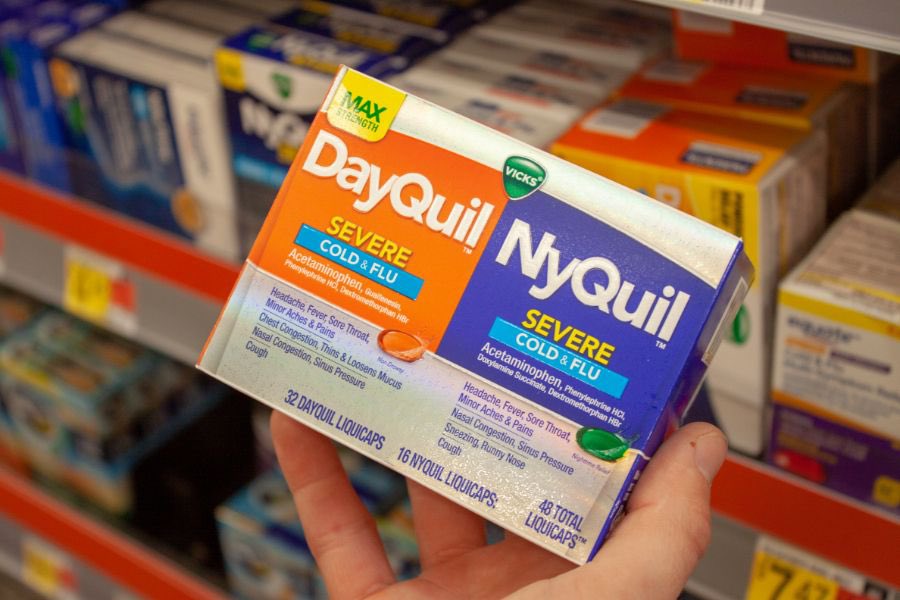Can You Take Sudafed and DayQuil Together: Understanding Potential Drug Interactions
Can you safely combine Sudafed and DayQuil for cold and flu relief. What are the potential interactions between these common over-the-counter medications. How to avoid harmful drug combinations when treating congestion and other symptoms.
Understanding Sudafed and DayQuil: Key Ingredients and Uses
Before delving into potential interactions, it’s crucial to understand the active ingredients in Sudafed and DayQuil and their primary uses:
Sudafed (Pseudoephedrine)
Sudafed’s main active ingredient is pseudoephedrine, a decongestant that helps relieve nasal congestion. It works by narrowing blood vessels in the nasal passages, reducing swelling and congestion.
DayQuil (Multiple Formulations)
DayQuil is available in various formulations, but most commonly contains:
- Acetaminophen (pain reliever and fever reducer)
- Dextromethorphan (cough suppressant)
- Phenylephrine (decongestant)
Some versions may also include guaifenesin, an expectorant that helps loosen mucus.

Potential Interactions Between Sudafed and DayQuil
When considering combining Sudafed and DayQuil, it’s essential to be aware of potential drug interactions:
Decongestant Overlap
Most DayQuil formulations already contain a decongestant (phenylephrine). Taking Sudafed in addition to DayQuil could lead to an excessive dose of decongestants, potentially causing side effects such as increased heart rate, blood pressure elevation, and jitters.
Stimulant Effects
Both pseudoephedrine (in Sudafed) and phenylephrine (in DayQuil) are stimulants. Combining them may intensify stimulant effects, leading to increased anxiety, restlessness, or difficulty sleeping.
Risks of Combining Multiple Over-the-Counter Medications
Mixing over-the-counter (OTC) medications without proper knowledge can lead to various risks:
Accidental Overdose
Taking multiple products with overlapping ingredients can result in unintentionally exceeding recommended dosages. This is particularly concerning with acetaminophen, which is present in many cold and flu remedies and can cause liver damage in high doses.

Increased Side Effects
Combining medications may amplify side effects, making them more severe or frequent than when taking each medication individually.
Drug Interactions
Some combinations of OTC drugs can interact in ways that reduce their effectiveness or cause unexpected reactions.
Safe Alternatives to Combining Sudafed and DayQuil
Instead of mixing Sudafed and DayQuil, consider these safer alternatives:
Choose One Product
Opt for either Sudafed or DayQuil based on your primary symptoms. If congestion is your main concern, Sudafed might be the better choice. For multiple symptoms, DayQuil may be more appropriate.
Consult a Pharmacist
Speak with a pharmacist about your symptoms and current medications. They can recommend the most suitable product or combination of products for your specific needs.
Consider Single-Ingredient Products
Using single-ingredient products allows for more precise symptom targeting and reduces the risk of overlapping ingredients.
Reading and Understanding Drug Labels
Proper interpretation of drug labels is crucial for safe medication use:
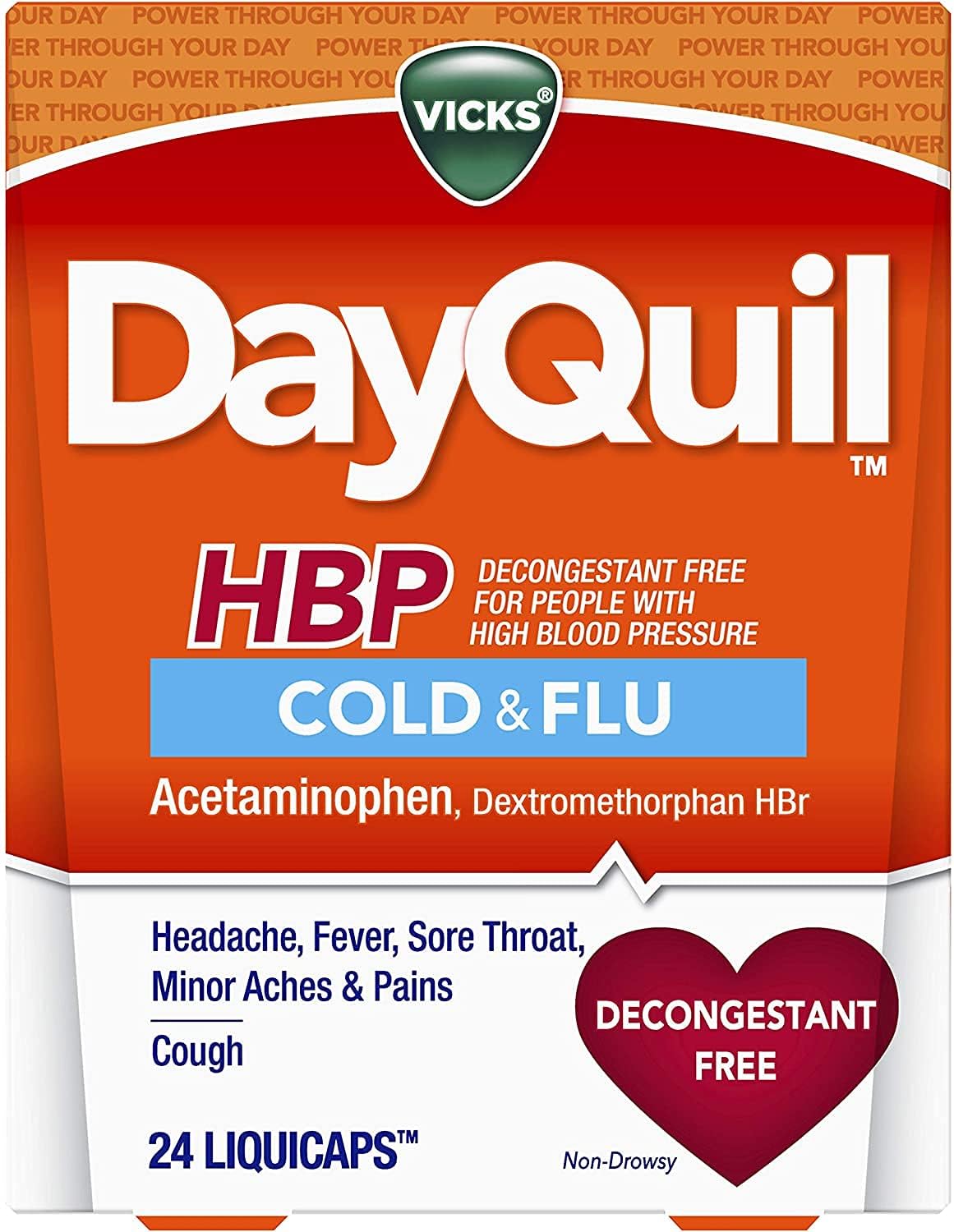
Active Ingredients
Always check the “Active Ingredients” section to identify what drugs are in each product and their respective amounts.
Warnings
Pay close attention to the “Warnings” section, which outlines potential risks, side effects, and interactions.
Dosage Instructions
Follow dosage instructions carefully, noting any maximum daily limits for each active ingredient.
When to Seek Professional Medical Advice
While OTC medications can be helpful for managing cold and flu symptoms, there are situations where professional medical advice is necessary:
Persistent Symptoms
If your symptoms persist for more than 7-10 days or worsen despite OTC treatment, consult a healthcare provider.
Pre-existing Health Conditions
Individuals with chronic health conditions, such as high blood pressure, heart disease, or liver problems, should consult their doctor before using decongestants or combination cold and flu products.
Pregnancy or Breastfeeding
Pregnant or breastfeeding individuals should always consult their healthcare provider before taking any OTC medications.

Common Side Effects of Sudafed and DayQuil
Understanding potential side effects can help you make informed decisions about using these medications:
Sudafed (Pseudoephedrine) Side Effects
- Nervousness or restlessness
- Difficulty sleeping
- Increased heart rate
- Elevated blood pressure
- Dry mouth
DayQuil Side Effects
- Nausea or stomach upset
- Dizziness
- Mild headache
- Dry mouth or nose
- Nervousness (due to phenylephrine)
If you experience severe or persistent side effects from either medication, discontinue use and consult a healthcare professional.
Alternative Natural Remedies for Cold and Flu Symptoms
For those seeking alternatives to OTC medications, consider these natural remedies:
Hydration
Drinking plenty of water, herbal teas, and clear broths can help thin mucus and relieve congestion.
Saline Nasal Rinse
Using a saline nasal spray or neti pot can help flush out nasal passages and relieve congestion naturally.
Steam Inhalation
Inhaling steam from a bowl of hot water (with or without essential oils like eucalyptus) can help open up nasal passages and relieve congestion.
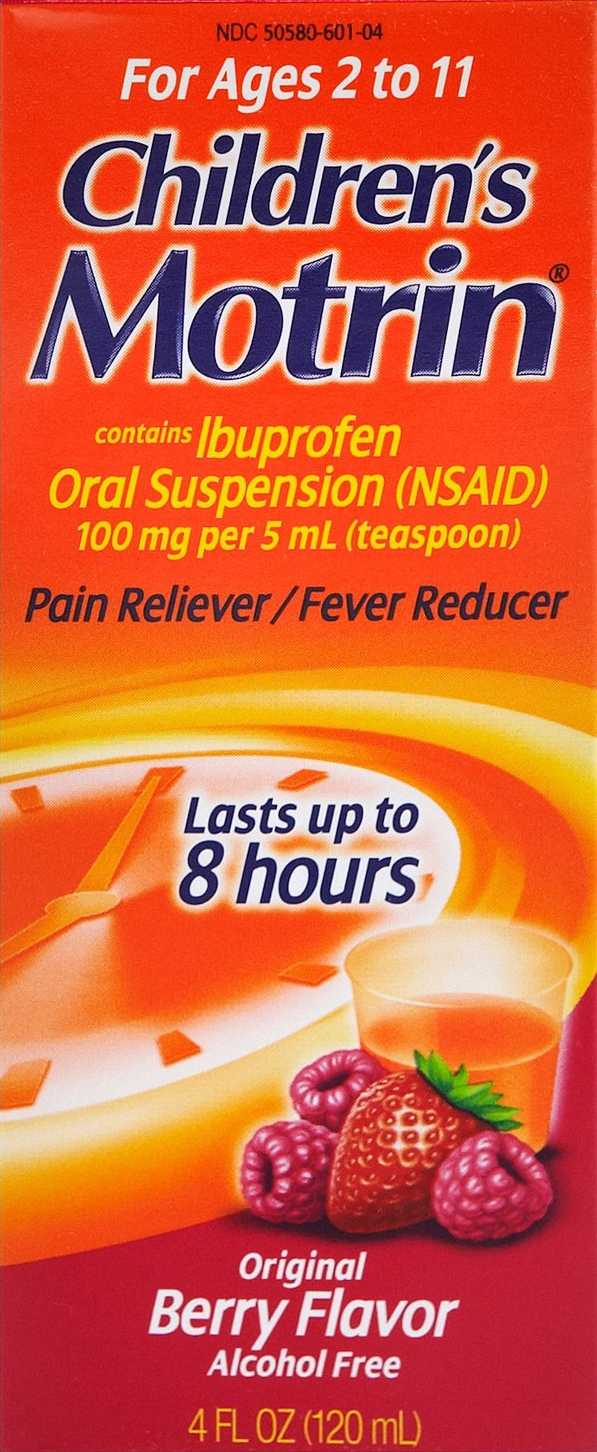
Honey
A spoonful of honey or honey mixed in warm tea can help soothe sore throats and suppress coughs.
Rest and Sleep
Adequate rest allows your body to focus its energy on fighting off the infection and recovering more quickly.
While these natural remedies can be effective for mild symptoms, always consult a healthcare provider for severe or persistent symptoms.
The Importance of Proper Medication Storage and Disposal
Proper storage and disposal of medications like Sudafed and DayQuil are crucial for safety and effectiveness:
Storage Guidelines
- Keep medications in a cool, dry place away from direct sunlight
- Store out of reach of children and pets
- Keep medications in their original containers with labels intact
- Do not store different medications in the same container
Proper Disposal
To safely dispose of expired or unused medications:
- Check for local drug take-back programs in your area
- If unavailable, mix medications with an undesirable substance (e.g., used coffee grounds) and place in a sealed container before disposing in household trash
- Remove or black out all personal information on empty medication containers before disposal
Proper storage and disposal help prevent accidental ingestion, drug abuse, and environmental contamination.
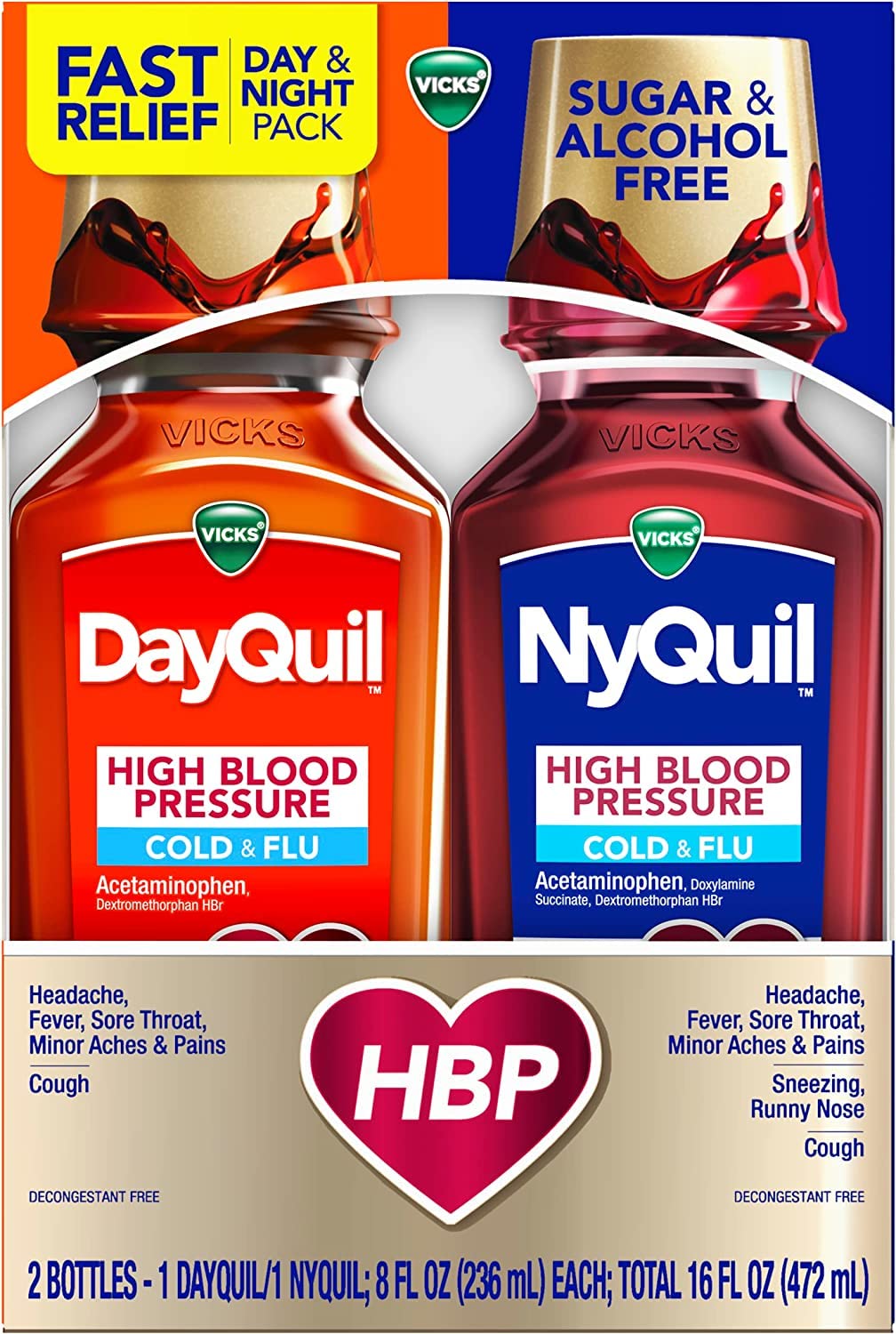
In conclusion, while Sudafed and DayQuil are both effective medications for managing cold and flu symptoms, combining them can lead to potential risks and interactions. It’s crucial to read labels carefully, understand the active ingredients in each product, and consult with a healthcare professional or pharmacist when in doubt. By following these guidelines and considering safe alternatives, you can effectively manage your symptoms while minimizing the risk of adverse effects or complications.
Sudafed Congestion and Vicks DayQuil Cough & Congestion Interactions
This report displays the potential drug interactions for the following 2 drugs:
- Sudafed Congestion (pseudoephedrine)
- Vicks DayQuil Cough & Congestion (dextromethorphan/guaifenesin)
Edit list (add/remove drugs)
- Consumer
- Professional
Interactions between your drugs
No interactions were found between Sudafed Congestion and Vicks DayQuil Cough & Congestion. However, this does not necessarily mean no interactions exist. Always consult your healthcare provider.
Sudafed Congestion
A total of
156 drugs
are known to interact with
Sudafed Congestion.
- Sudafed congestion is in the drug class
decongestants. - Sudafed congestion is used to treat
Nasal Congestion.
Vicks DayQuil Cough & Congestion
A total of
328 drugs
are known to interact with
Vicks DayQuil Cough & Congestion.
- Vicks dayquil cough & congestion is in the drug class
upper respiratory combinations. - Vicks dayquil cough & congestion is used to treat the following conditions:
- Cough
- Expectoration
Drug and food interactions
Consumer information for this interaction is not currently available.
GENERALLY AVOID: Alcohol may potentiate some of the pharmacologic effects of CNS-active agents. Use in combination may result in additive central nervous system depression and/or impairment of judgment, thinking, and psychomotor skills.
MANAGEMENT: Patients receiving CNS-active agents should be warned of this interaction and advised to avoid or limit consumption of alcohol. Ambulatory patients should be counseled to avoid hazardous activities requiring complete mental alertness and motor coordination until they know how these agents affect them, and to notify their physician if they experience excessive or prolonged CNS effects that interfere with their normal activities.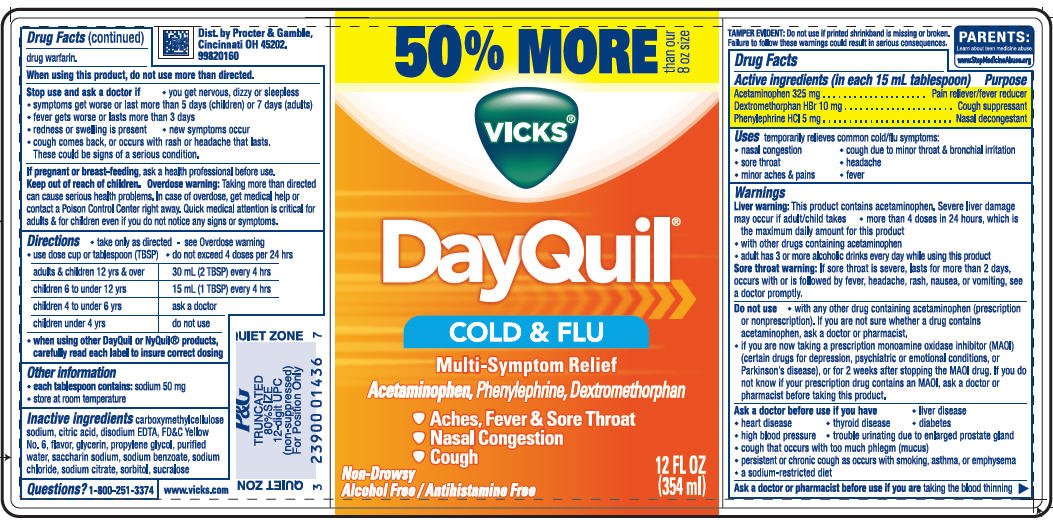
References
- Warrington SJ, Ankier SI, Turner P “Evaluation of possible interactions between ethanol and trazodone or amitriptyline.” Neuropsychobiology 15
(1986): 31-7 - Gilman AG, eds., Nies AS, Rall TW, Taylor P “Goodman and Gilman’s the Pharmacological Basis of Therapeutics.” New York, NY: Pergamon Press Inc.
(1990): - “Product Information. Fycompa (perampanel).” Eisai Inc
(2012): - “Product Information. Rexulti (brexpiprazole).” Otsuka American Pharmaceuticals Inc
(2015):
View all 4 references
Therapeutic duplication warnings
No warnings were found for your selected drugs.
Therapeutic duplication warnings are only returned when drugs within the same group exceed the recommended therapeutic duplication maximum.
See also
- Sudafed Congestion drug interactions
- Sudafed uses and side effects
- Vicks DayQuil Cough & Congestion drug interactions
- Drug Interactions Checker
Report options
Loading. ..
..
QR code containing a link to this page
Drug Interaction Classification
| Major | Highly clinically significant. Avoid combinations; the risk of the interaction outweighs the benefit. |
|---|---|
| Moderate | Moderately clinically significant. Usually avoid combinations; use it only under special circumstances. |
| Minor | Minimally clinically significant. Minimize risk; assess risk and consider an alternative drug, take steps to circumvent the interaction risk and/or institute a monitoring plan. |
| Unknown | No interaction information available. |
Further information
Always consult your healthcare provider to ensure the information displayed on this page applies to your personal circumstances.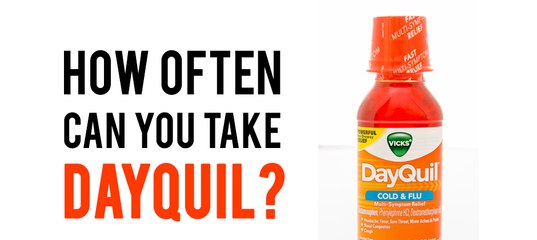
Medical Disclaimer
Can You Take Sudafed And DayQuil Together?
Thanks for reaching out! When considering taking multiple OTC (over-the-counter) products, it is extremely important to pay attention to the drugs contained in each one. Always check the ‘Drug Facts’ label as many products contain multiple drugs, and it can be relatively easy to accidentally take too much of one thing.
DayQuil is a good example of a product that contains multiple drugs. In fact, there are a variety of ‘DayQuil’ products, and they all contain different drugs.
Most DayQuil products should not be taken with Sudafed as nearly all of them already contain a nasal decongestant.
It is important to note that when referring to ‘Sudafed’, you may be referring to the original product, which contains pseudoephedrine (and is purchased at the pharmacy counter) or Sudafed PE (phenylephrine), which can be purchased over-the-counter without ID.
Regardless of which Sudafed product you are talking about, you should not combine multiple decongestants due to the increased risk of side effects (which includes headache, increased heart rate and increased blood pressure).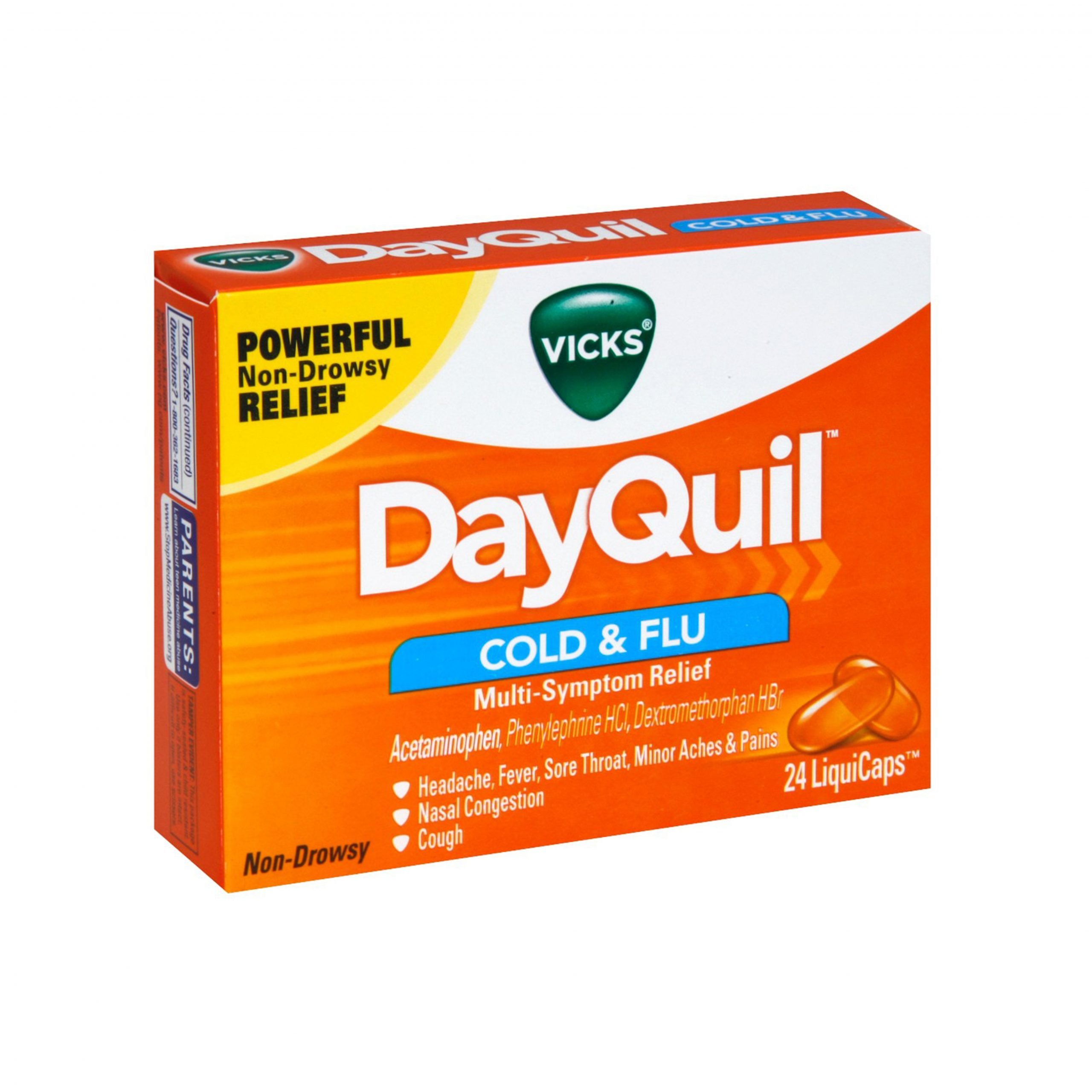
Most DayQuil Products Already Contain A Decongestant
The ‘original’ DayQuil contains the following ingredients:
- Acetaminophen (pain reliever)
- Dextromethorphan (cough suppressant)
- Phenylephrine (nasal decongestant)
Another product in the DayQuil family, ‘DayQuil Severe’, also contains a decongestant:
- Acetaminophen (pain reliever)
- Dextromethorphan (cough suppressant)
- Phenylephrine (nasal decongestant)
- Guaifenesin (expectorant)
Do Any DayQuil Products Not Contain A Decongestant?
‘DayQuil High Blood Pressure Cold & Flu’ does not contain a decongestant, but that is because it is intended for those trying to avoid decongestants as they have been linked to causing high blood pressure.
Data is mixed in this regard, but as a general rule of thumb, it is recommended to avoid taking nasal decongestants if you have high blood pressure unless specifically recommended by your doctor.
Alternative Options
So, as shown in the sections above, most DayQuil products already contain a decongestant and therefore should not be taken with Sudafed.
However, DayQuil only has a duration of action of around 4 to 6 hours per dose, so you could certainly separate your dosing of DayQuil and Sudafed by that amount of time and avoid an interaction.
Additionally, you could skip DayQuil altogether and only choose over-the-counter products with single drugs that you need to help treat your symptoms (e.g., Tylenol for aches/pains, Sudafed for nasal congestion, Mucinex for chest congestion, etc…).
The most important thing to remember when choosing over-the-counter cough/cold products is to avoid taking double-dosing on the same drug (or drug class). It’s unfortunately all too common (and one of the main reasons for accidental acetaminophen overdoses).
Final Words
I hope you found this helpful! Reach back out again anytime.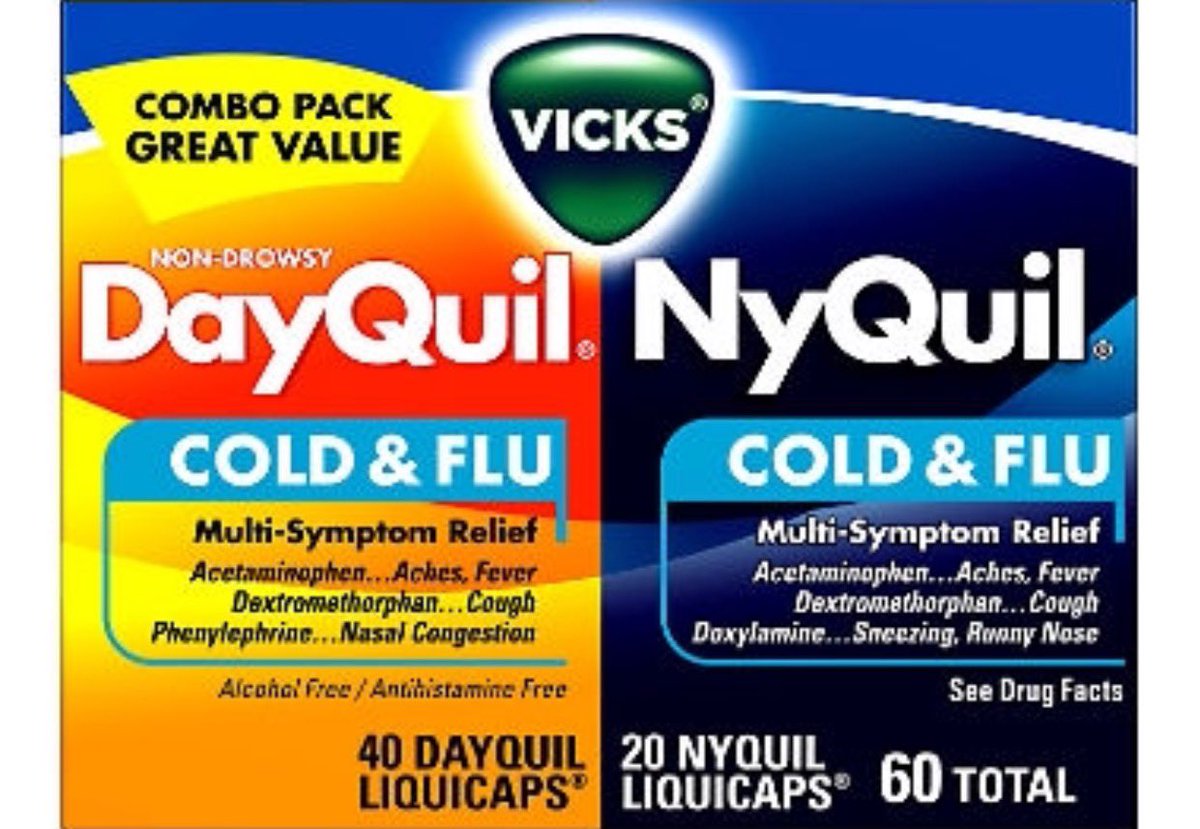
Sudafed PE Pressure Pain and Cough vs Vicks DayQuil Cold & Flu Relief LiquiCaps: What is the difference?
OTC
✔Sudafed PE Pressure Pain and Cough
✔Vicks DayQuil Cold & Flu Relief LiquiCaps
No prescription required when purchased and can be purchased at any pharmacy.
Non-addictive
✖Sudafed PE Pressure Pain and Cough
✔Vicks DayQuil Cold & Flu Relief LiquiCaps
There is no direct mention on the product information that this drug is addictive. Therefore, symptoms of addiction should not be expected.
tablets per pack
More tablets per box may mean that a product is safer than others. Many painkillers are limited in purchase so that a person cannot buy more than a certain amount at one time.
period of taking the drug
Unknown. Help us offer a price. (Sudafed PE Pressure Pain and Cough)
This is the longest time you can take this drug before stopping or seeking medical advice. A short time may mean that the drug is more likely to cause problems, such as addiction or negative side effects.
maximum number of capsules per day
Daily limit for the maximum number of tablets/capsules etc. that you can take in a 24 hour period, as recommended by the manufacturer.
Can be taken on an empty stomach
✖Sudafed PE Pressure Pain and Cough
✖Vicks DayQuil Cold & Flu Relief LiquiCaps
Medicines that can be taken on an empty stomach are unlikely to cause stomach problems such as ulcers. It’s better if you have to take painkillers first thing in the morning.
Shelf life
Unknown. Help us offer a price. (Sudafed PE Pressure Pain and Cough)
Unknown. Help us offer a price. (Vicks DayQuil Cold & Flu Relief LiquiCaps)
This is how long a product can keep before you have to throw it away, measured in months. Long shelf life is more desirable if you use this drug infrequently.
Suitable for diabetics
✖Sudafed PE Pressure Pain and Cough
✖Vicks DayQuil Cold & Flu Relief LiquiCaps
This medication can be taken by diabetics with no known side effects.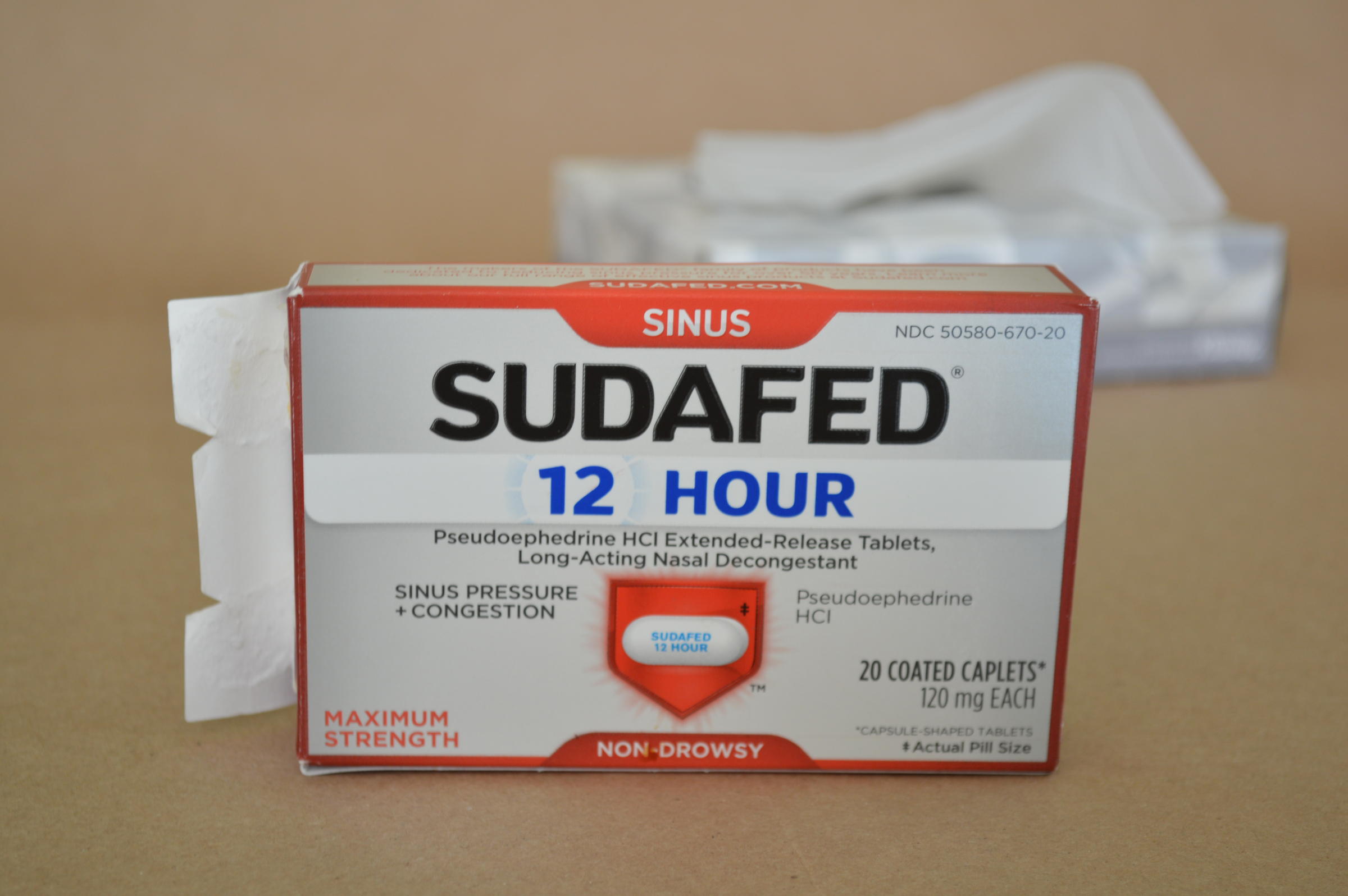
elimination period
Unknown. Help us offer a price. (Sudafed PE Pressure Pain and Cough)
Unknown. Help us offer a price. (Vicks DayQuil Cold & Flu Relief LiquiCaps)
Elimination time is the time it takes for half the dose taken to be eliminated from the body or blood, measured in hours. Drugs with a short duration take effect faster, however, they must be taken more frequently than drugs with a longer elimination period.
Acetaminophen, Dextromethorphan, and Phenylephrine | Memorial Sloan Kettering Cancer Center
Adult Medication
Share
This document, provided by Lexicomp ® , contains all the information you need to know about this medicine, including indications, directions for use, side effects, and when your healthcare provider should be contacted.
Brand names: USA
Alka-Seltzer Plus Day Cold [OTC]; Comtrex Maximum Strength, Non-Drowsy Cold & Cough [OTC]; GoodSense Daytime Cold & Flu [OTC]; GoodSense Daytime Flu & Severe Cold [OTC]; GoodSense Daytime [OTC]; Mapap Cold Formula Multi-Symptom [OTC]; Mapap Multi-Symptom Cold [OTC]; Mucinex Fast-Max Congestion & Headache [OTC]; Mucinex Fast-Max Severe Cold & Sinus [OTC]; Sudafed PE Pressure+Pain+Cough [OTC] [DSC]; Theraflu Daytime Severe Cold & Cough [OTC]; Theraflu ExpressMax Daytime Severe Cold & Cough [OTC]; Theraflu ExpressMax Severe Cold/Cough [OTC]; Theraflu Multi-Symptom Severe Cold [OTC]; Theraflu Severe Cold Daytime [OTC]; Theraflu Severe Cold/Cough Day [OTC]; Tylenol Cold Max [OTC] [DSC]; Vicks DayQuil Cold & Flu Multi-Symptom [OTC]
What is this drug used for?
- The drug is used to treat blockage of the nasal valve.

- Used to relieve cough.
- It is used to relieve pain and reduce high fever.
What should I tell my doctor BEFORE taking this drug?
- If you have an allergy to this drug, any of its ingredients, other drugs, foods or substances. Tell your doctor about your allergies and how they have manifested.
- If you have a cough with a lot of phlegm, a prolonged cough caused by smoking or inhaling cigarette smoke, or lung problems such as asthma or emphysema.
- If you have taken medications for depression or Parkinson’s disease in the past 14 days. These include isocarboxazid, phenelzine, tranylcypromine, selegiline, or rasagiline. An episode of very high blood pressure may occur.
- If you are taking any of the following drugs: linezolid or methylene blue.
This list of drugs and conditions that may interact unfavorably with this drug is not exhaustive.
Tell your doctor and pharmacist about all medicines you take (prescription and over-the-counter, natural products and vitamins) and any health problems you have. You need to make sure that this drug is safe for your conditions and in combination with other drugs you are already taking. Do not start or stop taking any drug or change the dosage without your doctor’s advice.
You need to make sure that this drug is safe for your conditions and in combination with other drugs you are already taking. Do not start or stop taking any drug or change the dosage without your doctor’s advice.
What do I need to know or do while taking this drug?
- Tell all your health care workers that you are taking this drug. These are doctors, nurses, pharmacists and dentists.
- Do not take the drug in higher doses than prescribed by your doctor. Taking more than the prescribed amount of the drug increases the risk of serious side effects.
- Do not take this drug for longer than the length of time your doctor has prescribed.
- This medicine contains acetaminophen. During the use of acetaminophen, liver disorders were recorded. In some cases, these disorders have required liver transplantation or have resulted in death. The majority of liver problems occurred in patients taking more than 4,000 milligrams (mg) of acetaminophen per day.
 Often, patients used not 1, but several drugs containing acetaminophen.
Often, patients used not 1, but several drugs containing acetaminophen. - It is not recommended to use other medicines containing acetaminophen. Carefully study the instructions for medicines. Taking acetaminophen in excessive amounts can lead to liver problems.
- Follow the instructions exactly. Do not exceed your daily dose of acetaminophen. If you are not sure what your daily dose of acetaminophen is, ask your doctor or pharmacist for it. Some people may take this drug in doses up to 4,000 milligrams (mg) per day as directed by their doctor. Some patients (eg, those with liver disease and children) require a dose reduction of acetaminophen. If you have exceeded your daily dose of acetaminophen, contact your doctor immediately, even if you do not feel worse.
- Consult your doctor before drinking alcohol.
- This drug may affect the results of some lab tests. Tell all your health care workers and laboratory staff that you are taking this drug.

- Tell your doctor if you are on a diet low in sodium or potassium. Some foods contain sodium and potassium.
- If you have phenylketonuria, talk to your doctor. Some foods contain phenylalanine.
- Some forms of this drug may not be suitable for use in children of any age. If you have any questions, please consult your doctor.
- Tell your doctor if you are pregnant, planning to become pregnant, or breastfeeding. The benefits and risks for you and your child will need to be discussed.
What side effects should I report to my doctor immediately?
WARNING. In rare cases, this drug can cause serious and sometimes deadly side effects in some patients. Call your doctor right away or get medical help if you have any of the following signs or symptoms that could be associated with serious side effects:
- Signs of an allergic reaction, such as rash, hives, itching, red and swollen skin with blisters or peeling, possibly accompanied by fever, wheezing or wheezing, tightness in the chest or throat, difficulty breathing, swallowing or speaking, unusual hoarseness, swelling in the mouth, face, lips, tongue or throat.

- Signs of liver problems such as dark urine, fatigue, lack of appetite, nausea or abdominal pain, light-colored stools, vomiting, yellowing of the skin or eyes.
- Difficulty urinating or a change in the amount of urine produced.
- Possible severe skin reaction (Stevens-Johnson syndrome/toxic epidermal necrolysis). This can lead to severe health problems, which can be permanent, and sometimes death. Seek immediate medical attention if you experience symptoms such as redness, swelling of the skin with blistering or peeling (with or without fever), redness or irritation of the eyes, and sores in the mouth, throat, nose, or eyes.
What are some other side effects of this drug?
Any medicine can have side effects. However, for many people, side effects are either minor or non-existent. Contact your doctor or seek medical attention if these or any other side effects bother you or do not go away:
- Dizziness.
- Nervous tension and agitation.

- Sleep disorders.
This list of possible side effects is not exhaustive. If you have any questions about side effects, please contact your doctor. Talk to your doctor about side effects.
You can report side effects to the National Health Board.
You can report side effects to the FDA at 1-800-332-1088. You can also report side effects at https://www.fda.gov/medwatch.
What is the best way to take this drug?
Use this drug as directed by your doctor. Read all the information provided to you. Strictly follow all instructions.
All forms:
- Take with or without food. Take with food if medicine causes nausea.
Tablets and capsules:
- Some brands of this drug must be swallowed whole. Check with your doctor or pharmacist to find out if you need to swallow this brand of medicine whole.
Fluid:
- Liquid doses should be measured with caution. Use the dispenser that comes with the medicine.
 If the dispenser is not provided in the package, ask the pharmacist for a dosing agent for this drug.
If the dispenser is not provided in the package, ask the pharmacist for a dosing agent for this drug.
Powder sachet:
- Dissolve 1 sachet in hot water. Drink the drink in small sips until cool.
- The solution must be drunk within 10-15 minutes after mixing.
- If using a microwave, dissolve 1 sachet in cold water. Reheat in the microwave. Avoid overheating. Shake before and after reheating.
Capsules:
- Do not remove foil from capsule until use. Place the capsule in the coffee maker. Pour at least 240 ml (8 oz) of water. After the coffee maker is finished, the capsule may be hot and leak. Be careful when using.
- Drink the drink in small sips until cool. The drink must be drunk within 10-15 minutes after preparation.
- Use only the recommended type of coffee maker. If you are not sure which type of coffee maker you should use, check with your doctor or pharmacist.
What if I miss a dose of a drug?
- If you are taking the drug regularly, take the missed dose as soon as you can.

- If it’s time for your next dose, don’t take the missed dose and then go back to your regular dosing schedule.
- Do not take 2 doses or an additional dose at the same time.
- In most cases, this drug is used as needed. Do not take the drug more often than prescribed by your doctor.
How do I store and/or discard this drug?
All forms:
- Store at room temperature in a dry place. Do not store in the bathroom.
- Keep out of the heat.
- Keep all medicines in a safe place. Keep all medicines out of the reach of children and pets.
- Dispose of unused or expired drugs. Do not empty into a toilet or sewer unless instructed to do so. If you have any questions about disposing of medicines, ask your pharmacist. Drug disposal programs may be in place in your area.
Capsules:
- Store in a protective bag until consumed.
General information about medicines
- If your health does not improve or even worsens, see your doctor.

- Do not give your medicine to anyone and do not take other people’s medicines.
- Some medicines may come with other patient information leaflets. If you have questions about this drug, talk with your doctor, nurse, pharmacist, or other health care professional.
- Some medicines may come with other patient information leaflets. Check with your pharmacist. If you have questions about this drug, talk with your doctor, nurse, pharmacist, or other health care professional.
- If you think you have overdosed, call a poison control center or get medical help right away. Be prepared to tell or show what drug you took, how much, and when it happened.
Consumer Use of Information and Limitation of Liability
This summary information includes summaries of diagnosis, treatment and/or drug product. It is not intended to be a comprehensive source of data and should be used as a tool to help the user understand and/or evaluate potential diagnostic and treatment options.


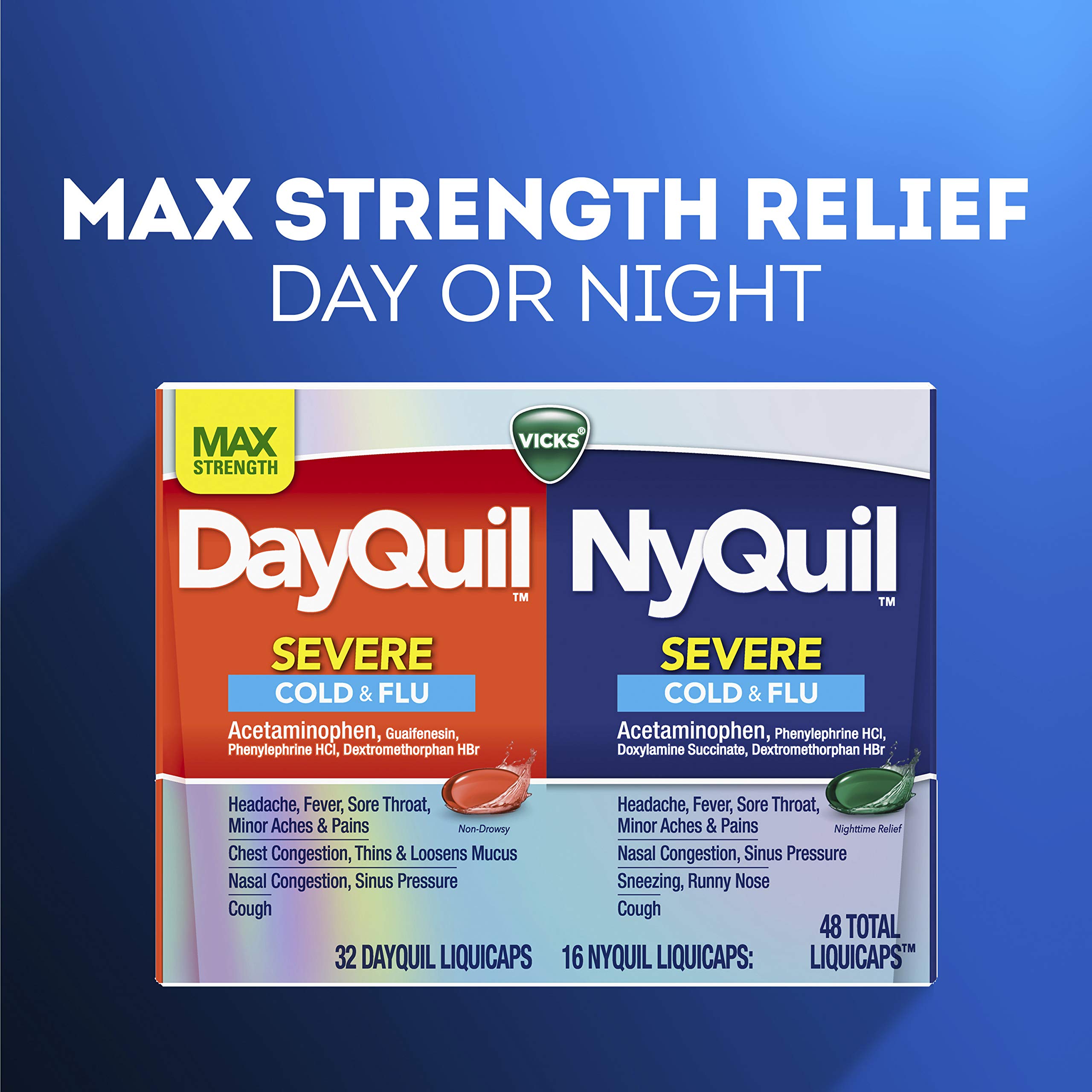 Often, patients used not 1, but several drugs containing acetaminophen.
Often, patients used not 1, but several drugs containing acetaminophen.

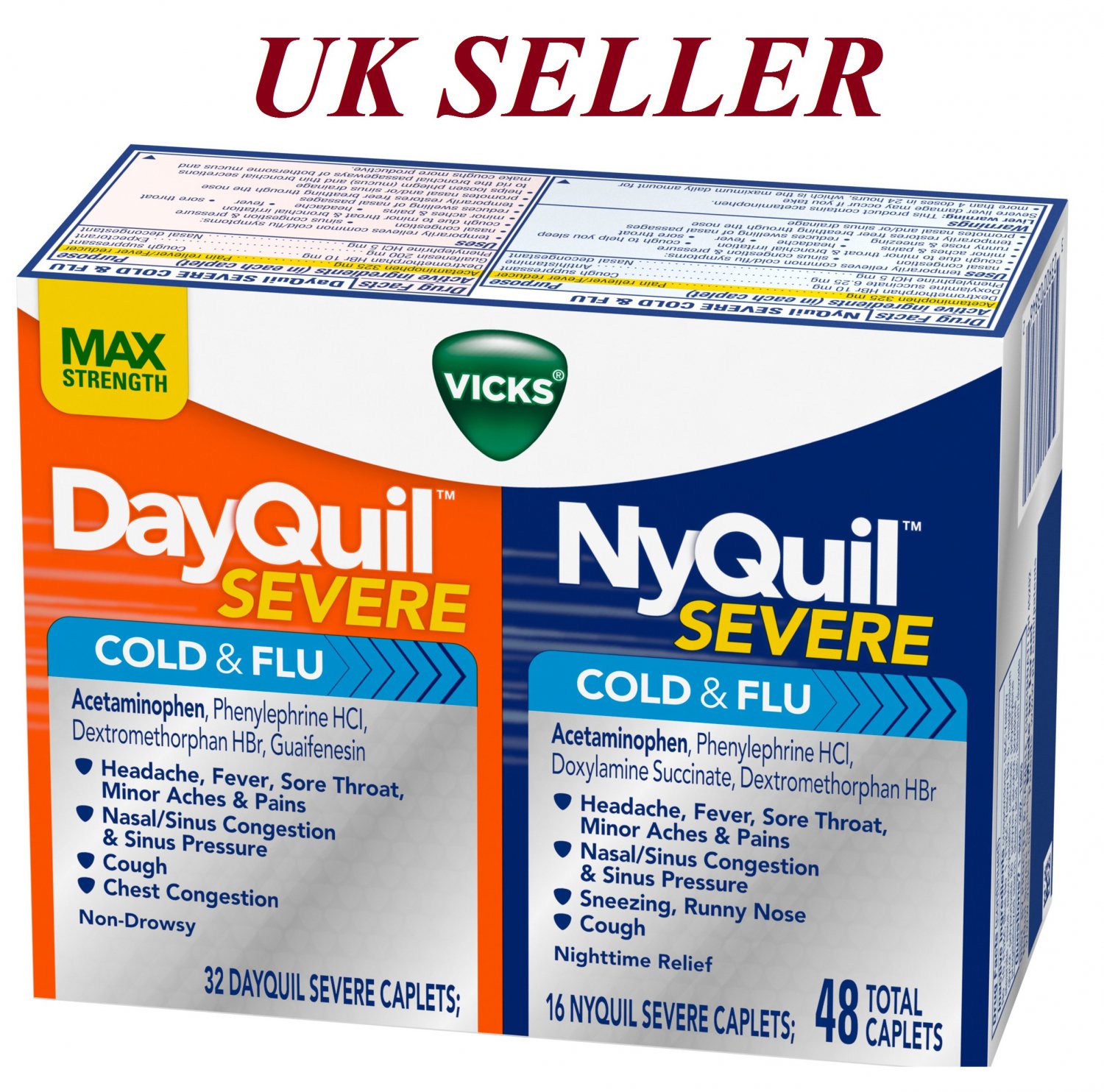
 If the dispenser is not provided in the package, ask the pharmacist for a dosing agent for this drug.
If the dispenser is not provided in the package, ask the pharmacist for a dosing agent for this drug.